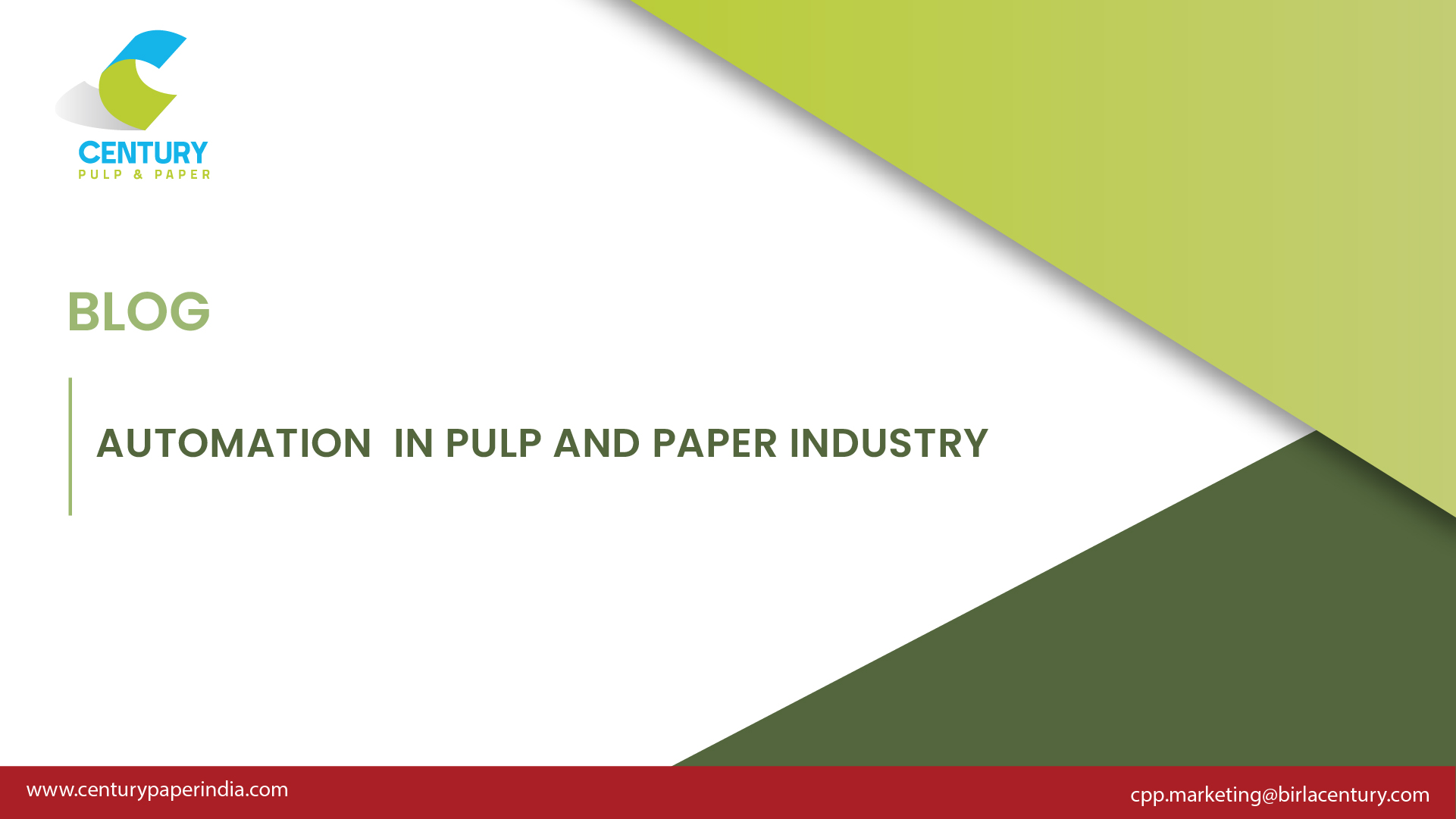-

- 20
Apr - 2022
Automation in Paper and Pulp Industry
Automation in Paper and Pulp Industry
Despite the fact that many pulp and paper mills have been automated for several years, they are only now realising the full potential of digital technologies. The next logical stage in the evolution of the paper industry is automation. The paper sector now has a long-term future thanks to new inventions and advanced technologies. In recent years, the pulp and paper industry has resorted to digital to improve processes. This is due to three market dynamics: continued pricing pressure on papermakers as the market for conventional paper goods falls, greater demand for paper packaging products as a more environmentally friendly alternative to plastic, and growing demand for tissue products globally. Automation has a lot of potential in the pulp and paper industry. Before deciding on the proper level of automation, it's critical to grasp the nature of what you're machining, as well as your unique requirements and skills. In many critical aspects of the mill, automation can help reduce labour costs, manage storage, maintain inventory, minimise roll damage, enhance productivity, and reduce the capital expenditure associated with forklift systems. In the future, automation in the paper industry will play a larger role in mill safety, efficiency, and revenue. Digital technologies—machine connectivity, intelligent automation, and sophisticated analytics—enable unprecedented levels of efficiency in pulp and paper operations by utilising massive volumes of production data to provide superior insights and results. Paper mills and the paper sector benefit from energy efficiency, AI-driven root-cause issue solutions, and speed optimization. Finally, improved analytics leads to improved quality. Century Pulp & Paper manufactures one of the most extensive portfolios of paper goods in India, with the highest production capacity in one site. The company sells a variety of papers that can be used for writing, printing books, and making stationery including notebooks and envelopes. Creamwove, maplitho, and coated paper are among the entry-level paper options. When it comes to entry-level paper kinds, these papers are at the top of the list. Despite the fact that higher-quality paper is gaining market dominance, entry-level versions continue to be the most popular. Century Pulp & Paper printing paper is made specifically for printing books, notebooks, and documents. The printing paper features quick ink trapping and drying, as well as dimensional stability.
- 20


